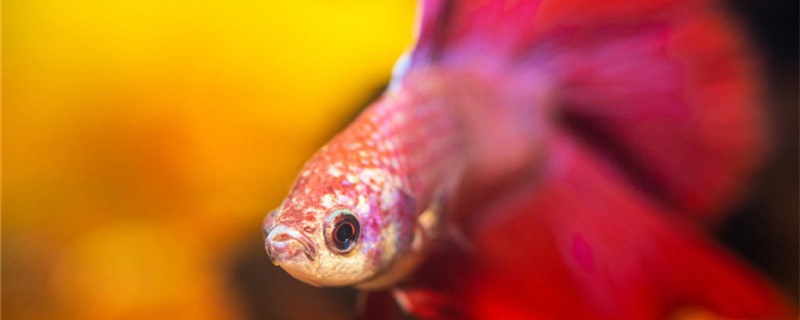
After the Thai betta enters the breeding period, the male fish will build the nest ahead of time. When the female fish is about to spawn, she will put the bubble nest under her body and then wrap her body around her. After the female releases the mature eggs, the male begins fertilization. Fertilized eggs will hatch in the bubble nest until the fry are born. It can be seen that the process of fertilization is completed in vitro, which does not conform to the characteristics of viviparous internal fertilization. And the fry are hatched from fertilized eggs, not directly from the female. Therefore, the Thai paradise fish belongs to the oviparous fish.
Thai betta completes reproduction by female fish spawning, male fish fertilizing in vitro, and then hatching small fish. Therefore, the number of eggs laid by females, the success rate of fertilization and hatching rate of males determine the number of offspring per reproduction. When the female fish is spawning, it can not be completely laid at one time. It can only produce 3 to 7 eggs at a time, and then repeat until the end of oviposition. Its egg production is very high, up to 150 ~ 200 eggs. And the fertilization rate is also very high, almost no eggs can not be fertilized. The hatching rate of fertilized eggs is about 90%, so 135 to 180 fry can be hatched per production. Young fish are fragile at birth and need careful breeding to improve their survival rate.